La Villita
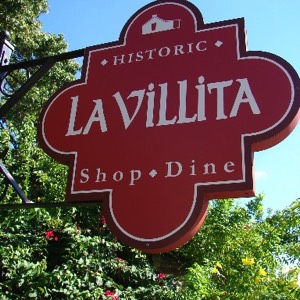
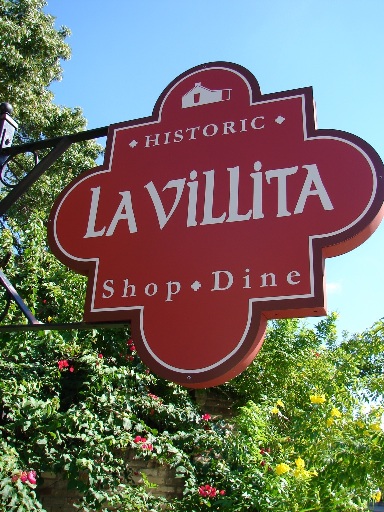
The Spanish first established a small village here in the late 18th century, near the Presidio de Bejar, Villa de San Fernando, and Mission San Antonio de Valero (Alamo). In the early 19th century, Spanish soldiers stationed at the Alamo lived here with their families. More prominent citizens moved here from the plaza area after a flood in 1819 destroyed their homes.
The earliest remaining structure is the Cos House, ca. 1800. Most buildings date to the 1850-1880 period when European immigrants, many of them German, built modest residential and commercial structures in the area. First restored by the National Youth Administration in 1939, the buildings owned by the City now house artists, craftsmen, and various small shops, and are open throughout the week. The cannons flanking the entrance were unearthed from the Maverick Homestead site at Alamo Plaza and Houston Street.
Homes such as the Gresser House on the west side of S. Presa Street backed up to the Pajalache (Concepcion) Acequia, the oldest Spanish irrigation ditch in San Antonio.
The earliest remaining structure is the Cos House, ca. 1800. Most buildings date to the 1850-1880 period when European immigrants, many of them German, built modest residential and commercial structures in the area. First restored by the National Youth Administration in 1939, the buildings owned by the City now house artists, craftsmen, and various small shops, and are open throughout the week. The cannons flanking the entrance were unearthed from the Maverick Homestead site at Alamo Plaza and Houston Street.
Homes such as the Gresser House on the west side of S. Presa Street backed up to the Pajalache (Concepcion) Acequia, the oldest Spanish irrigation ditch in San Antonio.
-
Open or Close
Click photo to enlarge
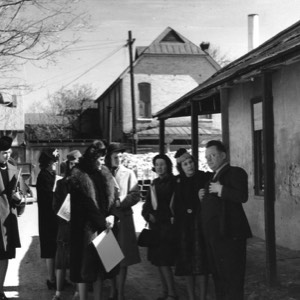
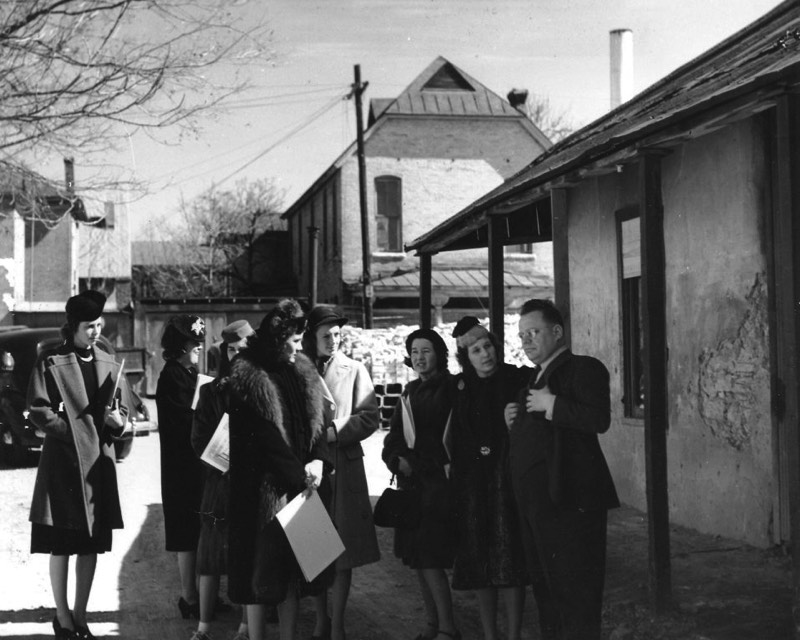
86.769, San Antonio Conservation Society Foundation Library
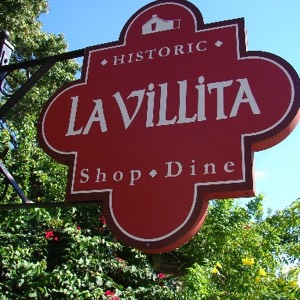

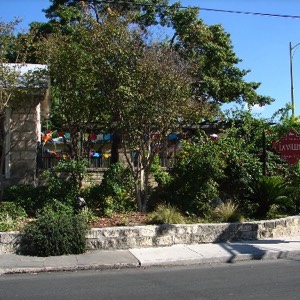
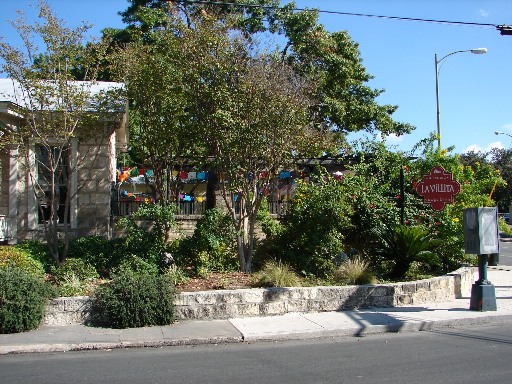
-
Open or Close
-
Open or Close






